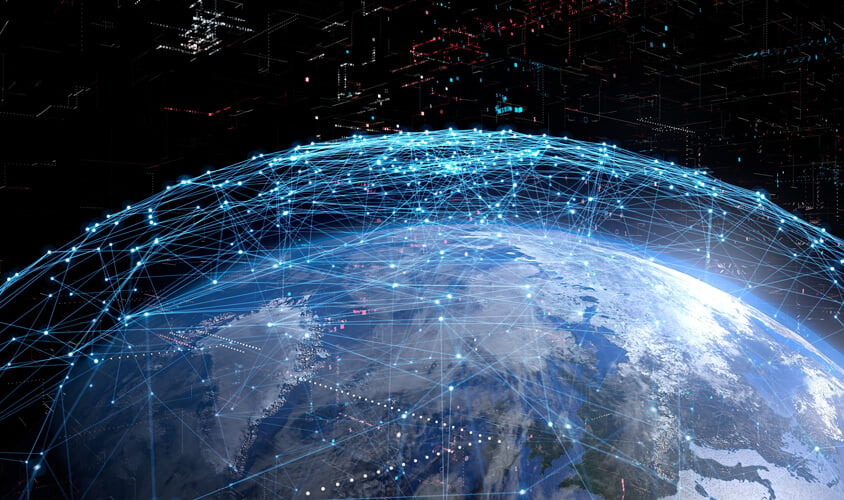The year 2025 is proving to be a pivotal moment for global security, as nations grapple with conflicts, technological warfare, and shifting alliances. Unlike in the past, today’s threats are not only military but also digital, economic, and environmental in nature.
Cybersecurity has emerged as one of the most pressing challenges. State-sponsored cyberattacks targeting infrastructure, financial institutions, and even democratic elections are becoming more frequent. Governments and corporations alike are investing heavily in defense systems to prevent disruptions that could cripple entire economies.
Meanwhile, regional conflicts continue to pose serious risks. Tensions in Eastern Europe, disputes in the South China Sea, and ongoing instability in the Middle East all contribute to global uncertainty. These flashpoints have ripple effects on global markets, particularly in energy, commodities, and shipping routes.
Climate change is also reshaping the geopolitical landscape. Extreme weather events, resource scarcity, and migration pressures are forcing countries to rethink security strategies. Water security, in particular, is becoming a critical issue in regions like Africa and South Asia, where growing populations compete for limited resources.
On the diplomatic front, alliances are shifting. Traditional powers such as the United States and Europe are strengthening ties with emerging economies like India and Brazil, while global institutions such as the United Nations and NATO are under pressure to adapt to new realities. Multilateral cooperation remains difficult but essential in addressing global crises.
For investors, businesses, and citizens, the takeaway is clear: global security in 2025 is interconnected with economics and technology. The risks are complex, but so are the opportunities. Those who stay informed about geopolitical trends will be better prepared to navigate an uncertain future.


